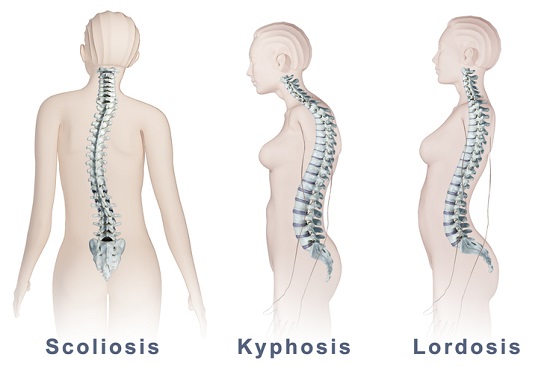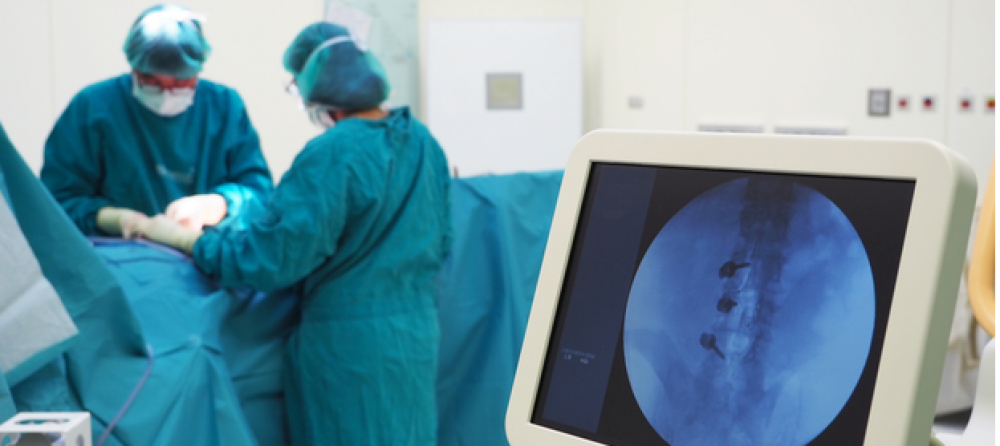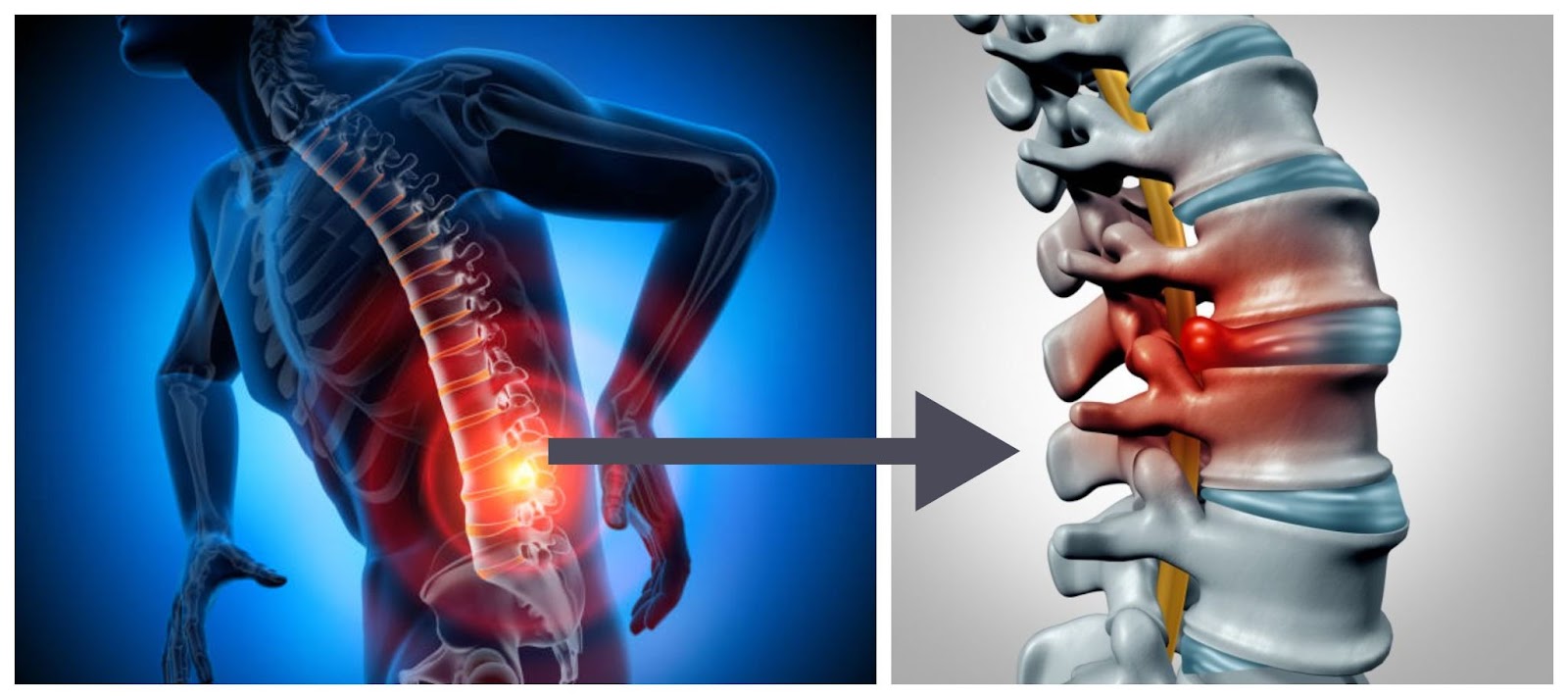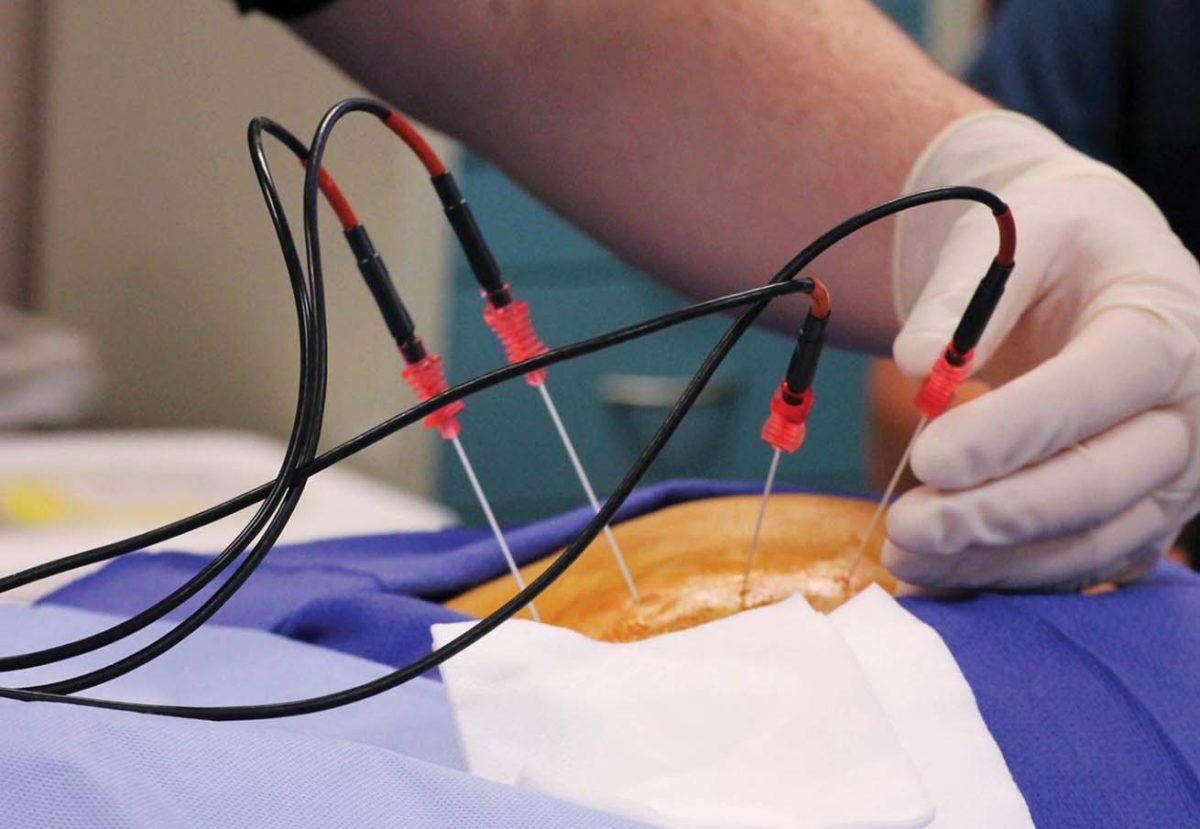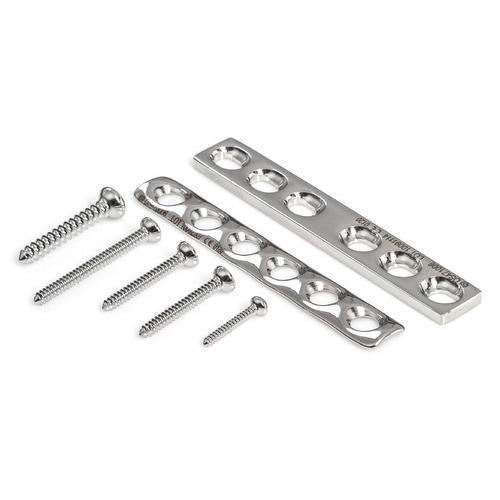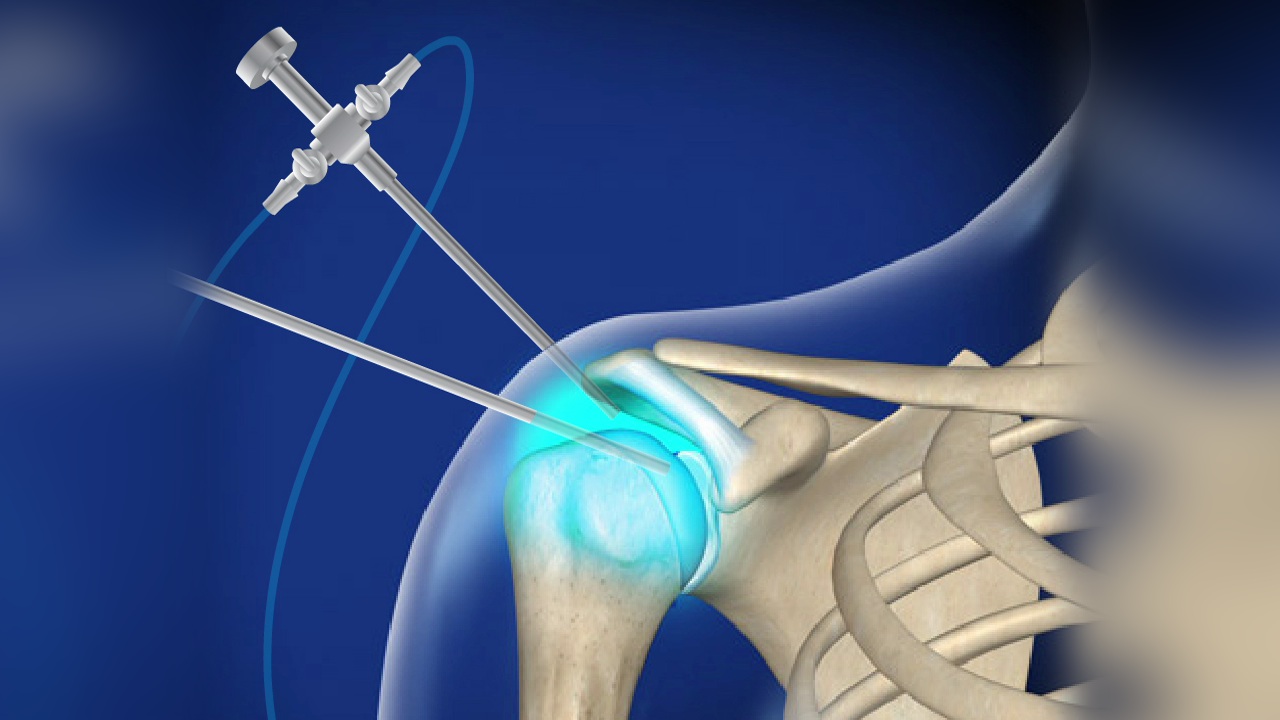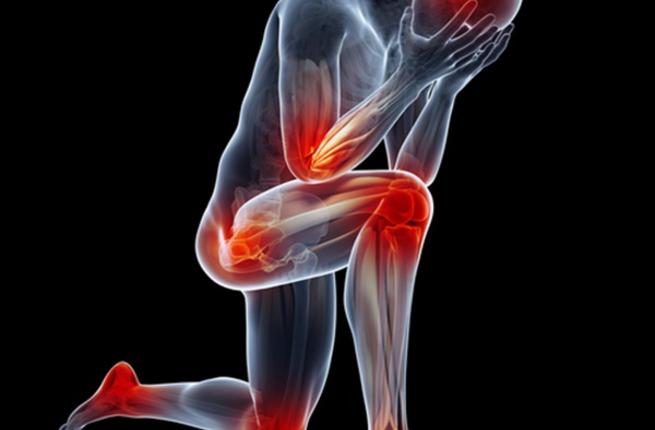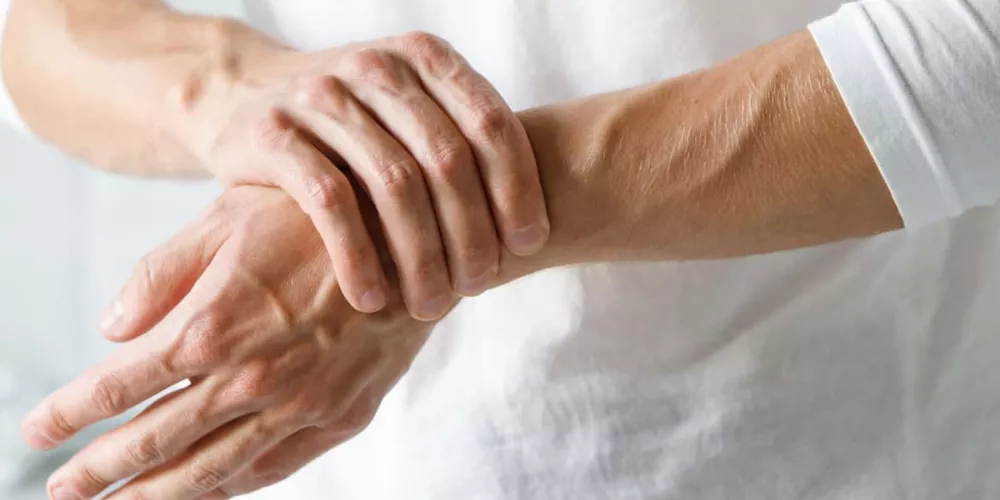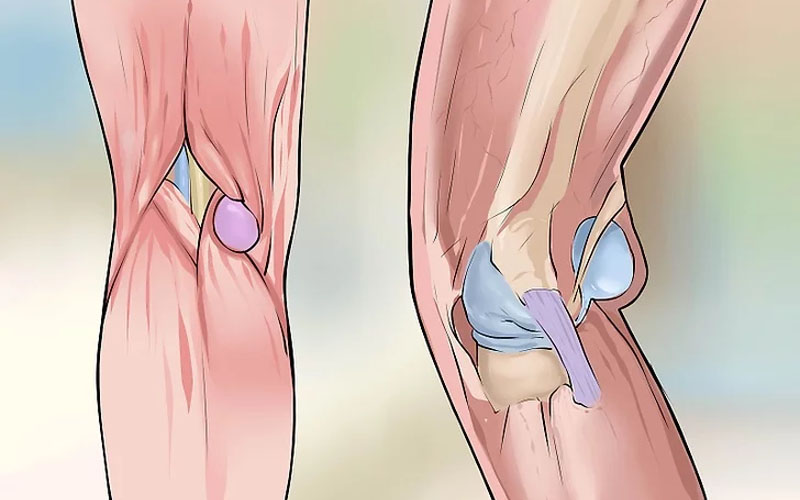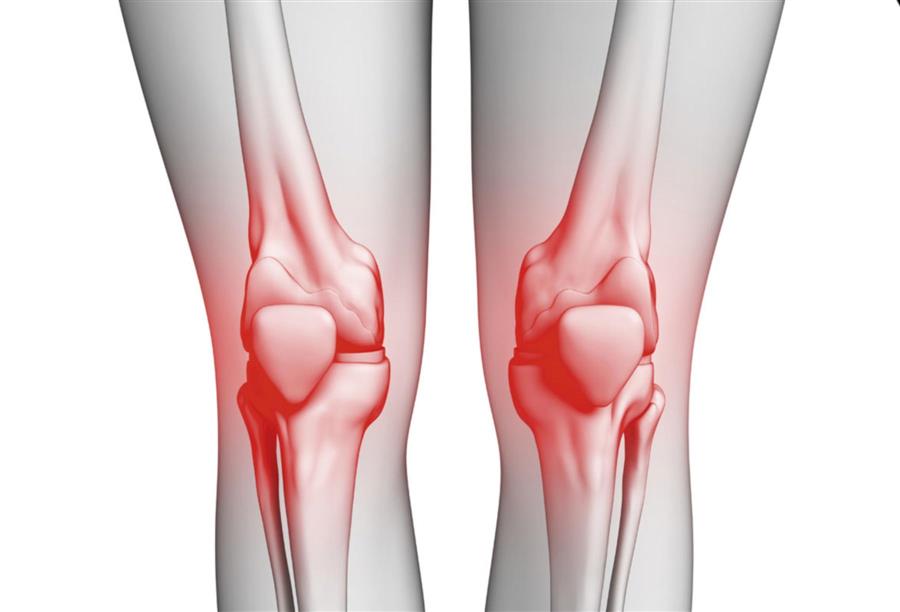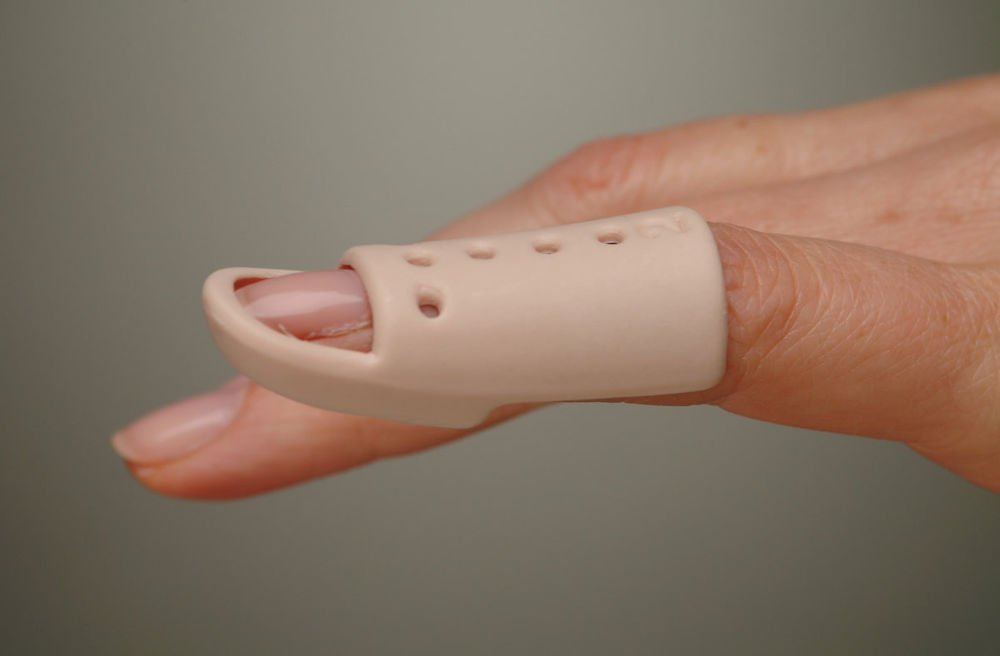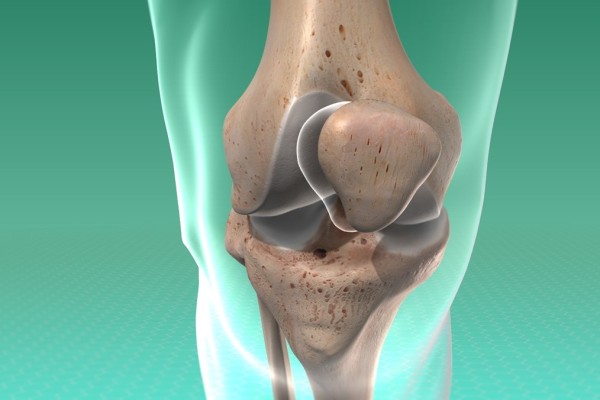Discover with Us: Radiofrequency Ablation for Cartilage and Its Various Types
Radiofrequency Ablation for Cartilage is one of the therapeutic methods used to treat cartilage issues, among other problems, which we will explore in more detail throughout this article. If you are seeking answers regarding the types of radiofrequency and the steps involved in its application, we will address all your questions in the following paragraphs.
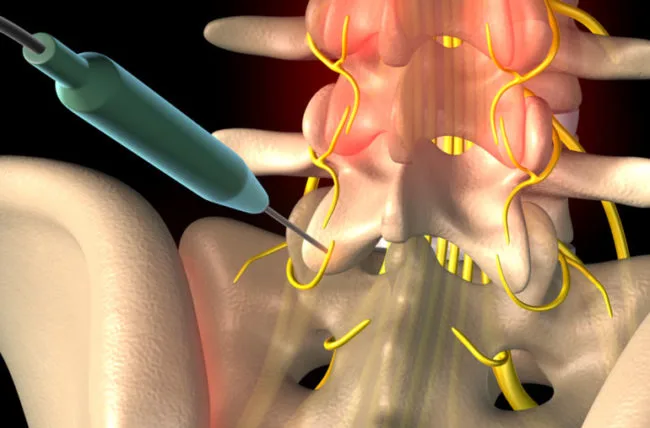
Radiofrequency Ablation for Cartilage
Radiofrequency Ablation (RFA) for cartilage is one of the surgical procedures used to address cartilage problems in joints and specifically target the area of pain for treatment. This procedure relies on the use of radiofrequency to dry out and remove the damaged tissue in the cartilage without the need for conventional surgery.
Radiofrequency Ablation for cartilage is considered a less invasive surgical procedure than traditional surgery for treating cartilage issues. It may be suitable for some cases of joint cartilage damage. However, it is crucial to consult a specialized doctor to determine if this procedure is appropriate for your specific condition and to understand the intricate details of the procedure and the post-operative care required.
What is Radiofrequency?
Radiofrequency is one of the most popular modern techniques increasingly used in various medical fields. It is one of the most efficient procedures that rely on interventional radiology to solve numerous prevalent body issues, such as thyroid gland and liver tumors, among others. Radiofrequency techniques require specialized equipment and a well-trained medical team to ensure the safety and efficacy of the treatment. The treating physician must decide the appropriate type of radiofrequency for the patient’s condition and the purpose of the treatment.
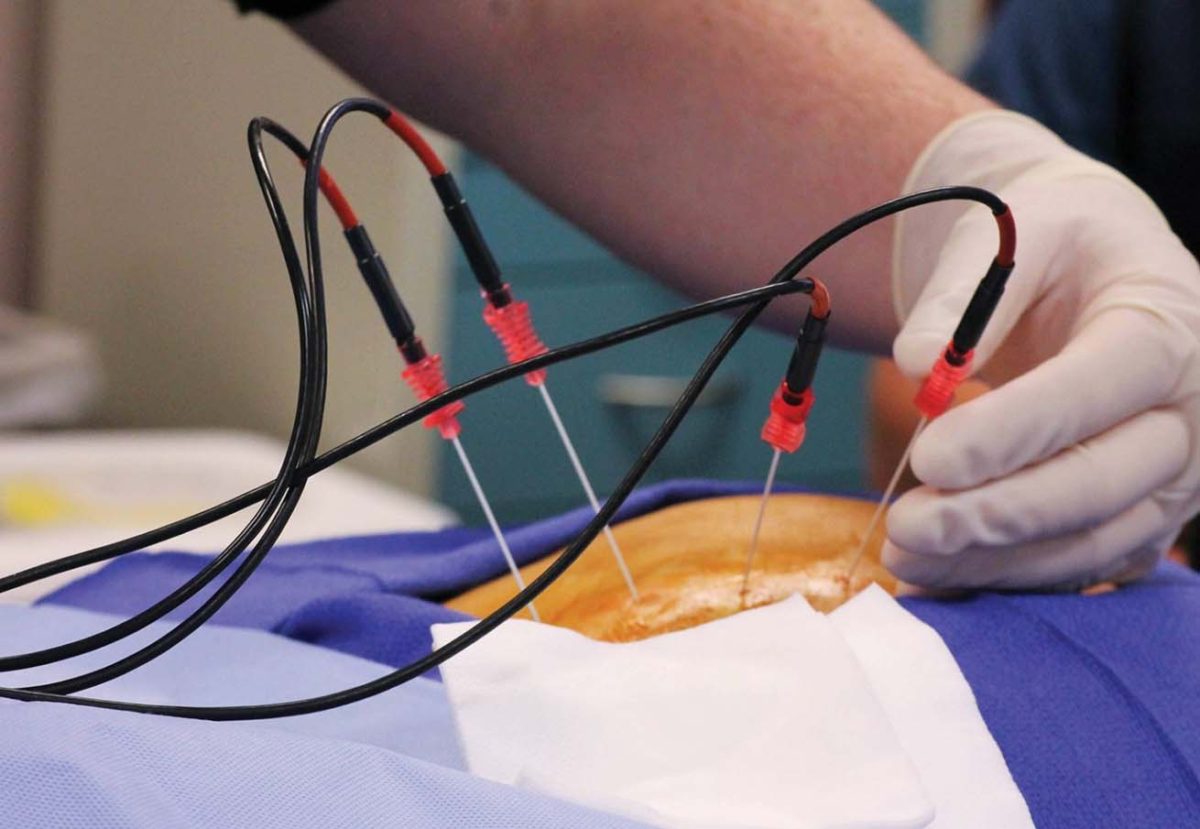
Radiofrequency Ablation Treatment Steps
Radiofrequency Ablation (RFA) is a medical procedure used to treat a variety of health conditions using radiofrequency to destroy or reduce the growth of unhealthy tissues or to stimulate healing. Below are the general steps involved in RFA treatment:
- Initial Medical Evaluation: The patient undergoes a medical assessment to determine the health condition and whether RFA is a suitable treatment option. This includes reviewing the patient’s medical history and conducting necessary examinations, such as medical imaging.
- Anesthesia: Prior to the RFA procedure, the patient is anesthetized using either local or general anesthesia, depending on the type and location of the procedure.
- Procedure: A small surgery is performed, or a tool is inserted through the skin to the targeted area, guided by magnetic resonance imaging (MRI) or X-ray imaging to accurately direct the radiofrequency.
- Radiofrequency Delivery: The special tool delivers radiofrequency to the targeted tissues. This radiofrequency can precisely heat the tissues, either destroying them or stimulating them, depending on the specific treatment goal.
- Monitoring: The direction and effect of the radiofrequency are continuously monitored during the procedure using medical imaging and specialized equipment.
- Post-Procedure: After the treatment session, the patient can typically leave the clinic or hospital on the same day or shortly after the procedure, depending on the case.
- Post-Operative Care: The patient must follow the doctor’s instructions post-procedure, which may include rest and avoiding strenuous activities for a specific period. Physical therapy sessions may also be necessary to enhance healing and restore function.
Patients should always discuss treatment options, risks, and potential benefits with their treating physician before undergoing any RFA procedure and receive necessary medical guidance.
Types of Radiofrequency
There are several types of radiofrequency used in medical treatments, varying based on the method used to generate and direct the radiofrequency and the specific medical application. Below are some of the common types:
- Conventional Radiofrequency (R.F): This relies on the passage of high-frequency current through a probe, usually insulated except for the active tip. The passage of radiofrequency current can increase the surrounding tissue temperature, controlled via a radiofrequency generator.
- Pulsed Radiofrequency (P.R Pulsed R.F): This type of radiofrequency is pulsed and represents one of the modern developments in this field. It targets the central nerve roots in various cases of disc herniation or peripheral nerve inflammation, utilizing interventional radiology devices.
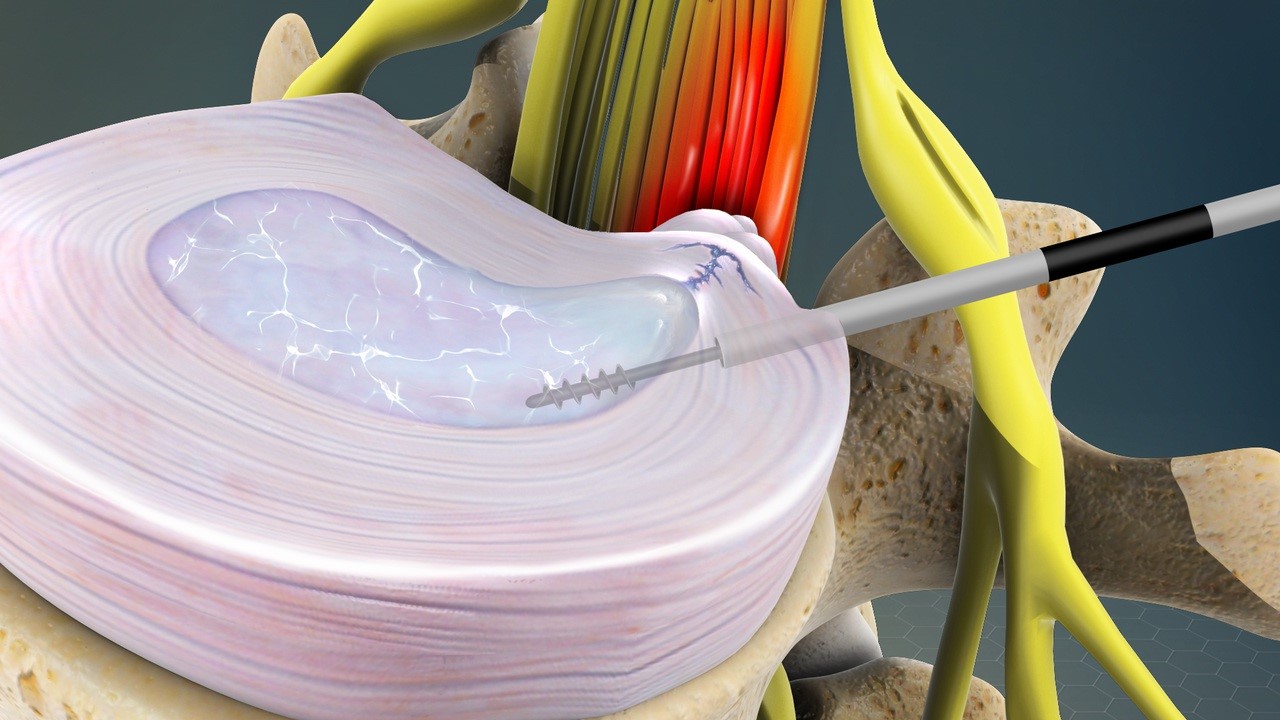
When does the result of thermal frequency treatment appear?
The speed at which results appear after thermal frequency treatment depends on the type of treatment and the health condition being targeted. In cases of chronic pain treatment using thermal frequency, such as radiofrequency, you may notice an improvement in pain after the first session or the initial sessions. However, the results may last for a longer period after the treatment. On the other hand, thermal frequency treatment for cancerous tumors may require several sessions before results appear. You may notice a reduction in tumor size or a decline in its growth over time, and it may take months to see the full results.
Therefore, it is always necessary for the patient to discuss the expected times for results to appear with the treating physician, as this depends on the type of treatment, the patient’s health condition, and the extent of progress of the problem being treated. The patient should also follow post-treatment care instructions to ensure maximum benefit from the treatment and to maintain the achieved results.
What diseases does thermal frequency treat?
Thermal frequency is a medical technique used to treat a variety of diseases and health conditions. Here are some of the diseases and conditions that can be treated using thermal frequency:
- Thermal frequency is used to treat chronic pain in various parts of the body, such as the back, neck, shoulder, and knee. This can be beneficial for pain patients resulting from arthritis, cartilage tears, and other conditions.
- Thermal frequency is also used to treat some skin problems, such as warts, fibroid tumors, and some non-cancerous skin conditions.
- Thermal frequency can be used to treat cancerous tumors, such as breast, prostate, and liver cancer. This process is sometimes referred to as microwave thermal frequency, and it targets cancerous tissues directly without significantly affecting healthy tissues.
- Thermal frequency can be used to treat joint problems, such as destroying the nerves responsible for pain in inflamed joints.
- Thermal frequency is used in cosmetic procedures to tighten the skin, improve its texture, reduce wrinkles, and fine lines.
- Thermal frequency is used to treat some eye diseases and conditions, such as glaucoma.

What are the features and capabilities of using a thermal frequency device in treatment?
The thermal frequency device is a powerful medical tool used to treat a variety of health conditions, and here are some of the important features and capabilities of using the thermal frequency device in treatment:
- The thermal frequency device offers numerous therapeutic benefits without the need for costly and complex surgeries, meaning a shorter recovery period and less surgical intervention.
- The thermal frequency device allows doctors to precisely direct the thermal frequency towards the targeted tissues without affecting the adjacent healthy tissues.
- Thermal frequency can help stimulate natural healing processes, reduce inflammation, and alleviate pain.
- The thermal frequency device can be used to relieve chronic pain and improve the quality of life for individuals suffering from chronic pain.
- Thermal frequency is used in some cases to treat and reduce cancerous tumors in a targeted manner without affecting the healthy tissues.
- The thermal frequency device can be used to treat warts, fibroids, and other skin problems.
- Thermal frequency can be used in cosmetic procedures to tighten the skin, improve its texture, reduce wrinkles, and fine lines.
- The thermal frequency device can be used in some cases to treat eye diseases such as cataracts and glaucoma.
Side effects of thermal frequency treatment
Although thermal frequency treatment is generally considered safe and effective in most cases, it can sometimes result in some side effects. These side effects may be mild and temporary, but they require medical follow-up. Here are some common side effects of thermal frequency treatment:
- The patient may experience mild pain or swelling in the treatment area after the session; these effects are usually temporary and fade over time.
- There may be mild skin redness in the treatment area; this redness is often temporary and disappears quickly.
- In some cases, skin swelling may be noticed after treatment; this swelling is usually temporary and can be reduced with ice or anti-swelling medications.
- Itching or redness of the skin may occur in some cases, and it is important to inform the treating physician if this symptom persists or worsens.
- In rare cases, inflammation or infection may occur in the treatment area, and it is important to avoid touching the area or treating it carefully to prevent infection.
- Side effects may vary depending on the type of thermal frequency treatment used. For example, in laser treatment, side effects may include changes in skin color or small scars. Therefore, you need to follow up with a competent doctor, such as Dr. Amr Amal.
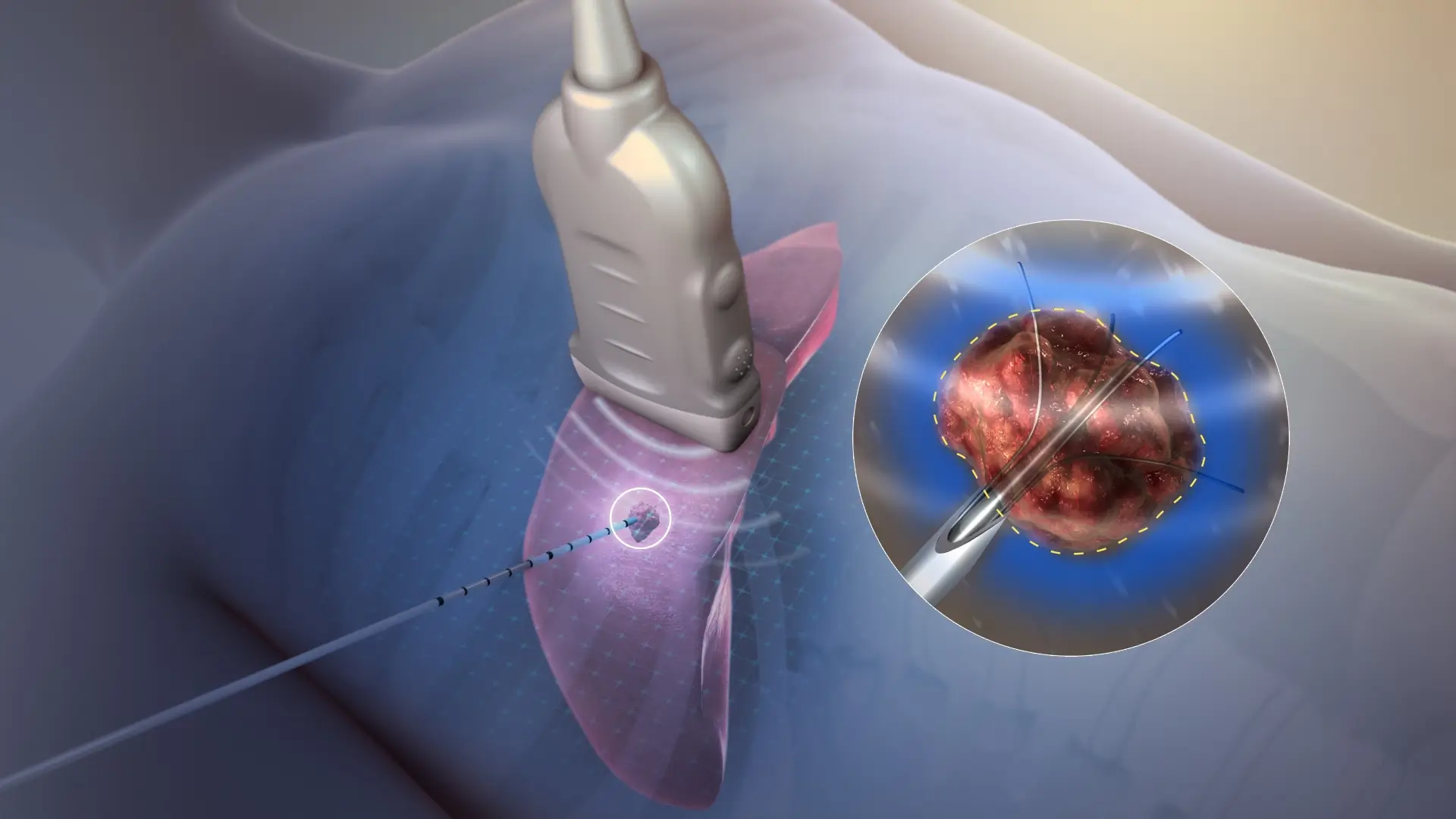
Is thermal radiofrequency beneficial for cartilage?
Yes, thermal radiofrequency can be beneficial in some cases for treating cartilage problems. Thermal radiofrequency is typically used in several contexts to treat cartilage issues, including:
- It may be used to treat cartilage tears in joints, such as knee osteoarthritis, helping to reduce inflammation, stimulate the healing process, and alleviate pain.
- In cases of chronic joint pain resulting from cartilage issues, thermal radiofrequency can be used to destroy the nerves responsible for pain signals, significantly reducing pain intensity.
- Thermal radiofrequency may be used to stimulate healing in joints affected by cartilage issues, encouraging blood flow and nourishment to the damaged area.
- In some cases, thermal radiofrequency can be used in knee surgery to remove damaged tissue and reduce inflammation.
You can have a successful experience with Dr. Amr Amal through undergoing a thermal radiofrequency procedure to treat cartilage.
Does the pain return after thermal radiofrequency?
Pain may return after thermal radiofrequency treatment in some cases, depending on the health condition and how the patient responds to the treatment. Here are some factors that can influence the persistence of pain after thermal radiofrequency treatment:
- In some cases, the treatment can be effective, permanently relieving pain or prolonging pain-free periods. In other cases, the pain may be chronic and require repeated treatments.
- If the pain results from an ongoing health condition such as chronic inflammation or a chronic structural joint issue, the pain may return after a period of time.
- The success of thermal radiofrequency treatment may depend on how well the patient follows the treating doctor’s recommendations post-treatment. Patients must carefully follow instructions and avoid strenuous activities or factors that could increase the likelihood of pain returning.
- Patient responses to thermal radiofrequency treatment can vary based on factors like personal health history, genetics, overall health condition. Some patients may experience lasting pain improvement, while others may need additional treatment. Therefore, it is essential to communicate with a proficient doctor like Dr. Amr Amal to achieve the best possible results.

What is the success rate of radiofrequency therapy?
The success rate of radiofrequency therapy is considered high, with a potential to reach up to 95%. It is crucial to maintain continuous communication between the patient and the treating physician to evaluate the treatment’s response and manage any side effects or recurrence of pain. Patients should always avoid overloading the body and follow medical directions to maintain the results achieved from radiofrequency therapy.
If you wish to learn more about radiofrequency therapy, whether it is a treatment or pain reliever, you can read this article.
Why is radiofrequency used to treat disc herniation?
Radiofrequency is used in some cases to treat disc herniation, a condition that occurs when a spinal disc tears and slips out of its normal position, potentially compressing the surrounding nerves and causing pain and other symptoms. Radiofrequency is used in this context for several reasons:
- Radiofrequency can help alleviate the pain resulting from disc herniation by reducing inflammation and calming the affected nerves.
- It can increase blood flow to the affected area, providing more oxygen and nutrients to the damaged tissues and promoting the healing process.
- Radiofrequency can help relieve tension and spasms in the muscles surrounding the affected area, contributing to reduced pressure on the herniated disc.
- It can reduce inflammation in the affected cartilage area and the surrounding tissues, contributing to improved comfort and pain relief.

What is the cost of radiofrequency therapy in Egypt?
The cost of radiofrequency therapy in Egypt varies significantly across different clinics. The treatment’s price may be higher in well-known clinics and hospitals located in major areas, while more affordable options might be available in simpler and more remote locations. Several factors influence the cost of radiofrequency therapy in Egypt. To get a precise estimate and consultation, you can book an appointment with Dr. Amr Amal and experience radiofrequency therapy in Egypt.

